
Unofficial Bookings Commence For Volkswagen Taigun, Launch Expected...
- May 18, 2021
- Views : 7504


Simultaneous chanting of the “SUVW” mantra in Wolfsburg and Chakan has resulted in Volkswagens like the three-row Tiguan All-Space, the five seater Tiguan and the more compact T-Roc appearing in the Indian market. Although these videsis are impressive, the SUV that the mantra-chanters are waiting to manifest itself in showrooms is the made-for-India and made-in-India SUV, the Taigun.
The Hyundai Creta rival first made its debut at the 2020 Auto Expo, and with just a few months to its 2021 launch we have gotten up close with the production-ready version behind very large and very fiercely guarded doors.
So what’s changed from the Expo? And what’s it like? How is it different from the Skoda Kushaq to which it is related? Lets jump right in.
So what’s changed from the Expo?
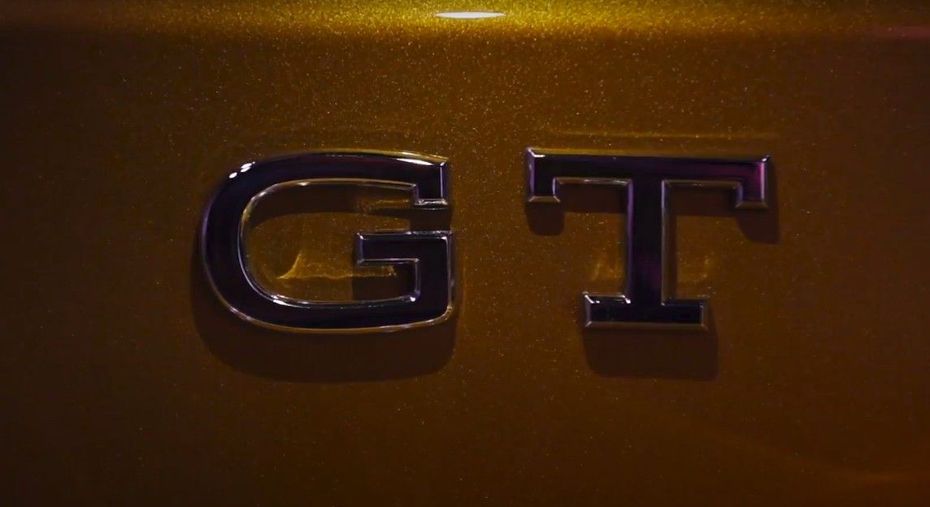
It’s wearing a GT badge on the outside! Actually, there’s one each on its nose, cheeks and, err, boot to announce that it’s the range topping GT trim! In the process of getting showroom-ready the Taigun has also ditched a few things, like 19” wheels; opting instead for 17-inchers while retaining the cool design. Super! VW has done away with the mesh pattern decal on the C-pillar; the black glossy body cladding of the show car has also given way to textured plastic for some bump and scrape protection. Yes, it hasn’t changed much since stepping out at the Expo, but that’s because it was said to be “nearly” production-ready even then.
What’s it like?
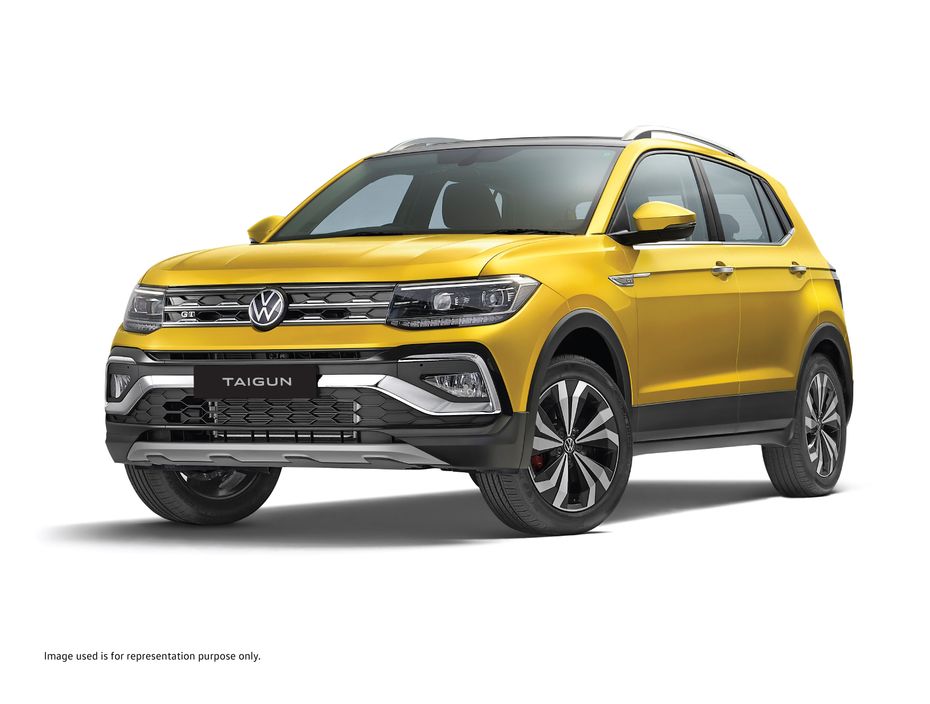
It's classy! In keeping with the promise of the new 2D Volkswagen logo, the Taigun uses crisp lines that are attractive and graceful. The chrome glinting on the grille and the bling moustache on the bumper were pushed through to the production car keeping Indian tastes in mind. The sharply angled edge for the bonnet, the chunky grille and the aggressive bumper give it that much needed SUV quotient.
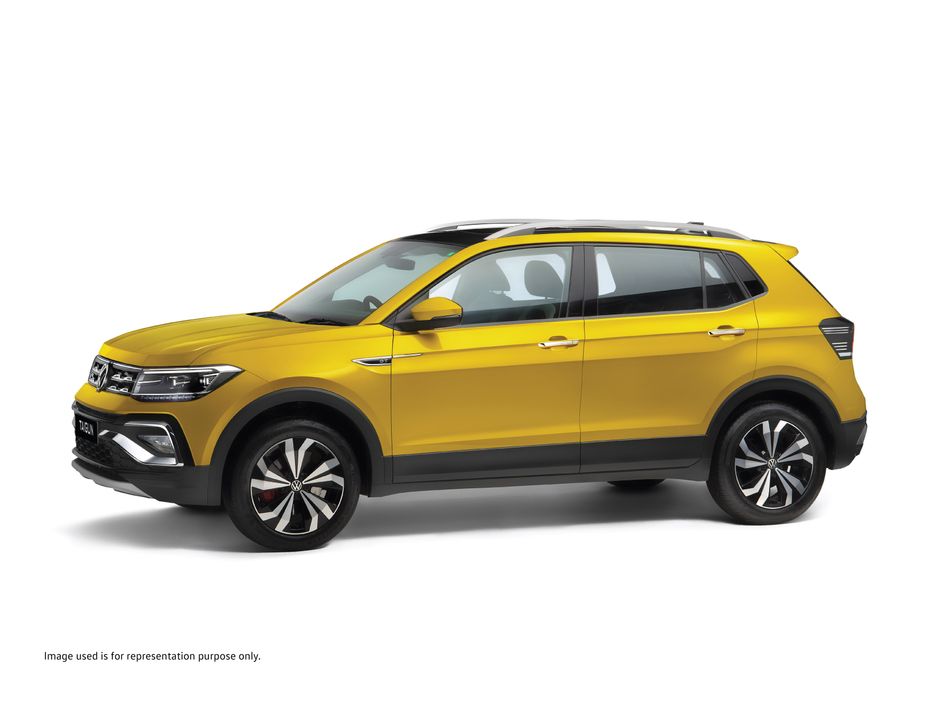
When viewed from the side there’s some GT-ness by way of the brake calipers finished in red.The style quotient is strong as two crisp lines flow from the GT badge on the front fender all the way to the tail lamps. These same lines are seen on the Skoda Kushaq, both sharing key body panels like the doors and the roof to save cost. For that SUV cred the Taigun wears light body cladding and the roof rails too.
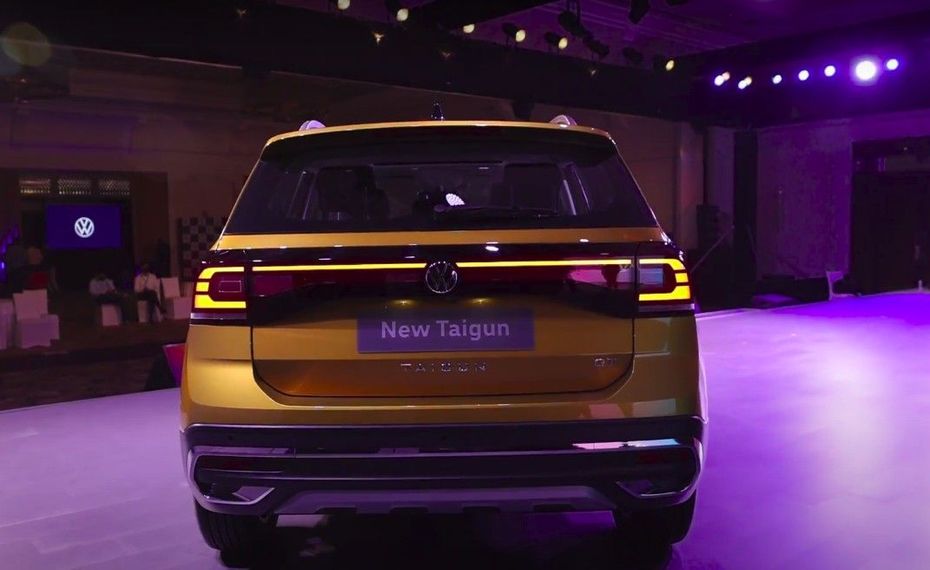
The highlight of the Taigun’s design is at its rear. The tail lamps have a retro-modern design with a curved LED line connecting both the lamps. It's worth noting that the LEDs used in the tail lamps look more modern with their smoother “fused” look, while the DRLs up front use the older “staggered” LED lights. While the tail lamps are encased in black surrounds, the chrome garnish on the boot lid and the silver faux skid plate brighten up the rear further.
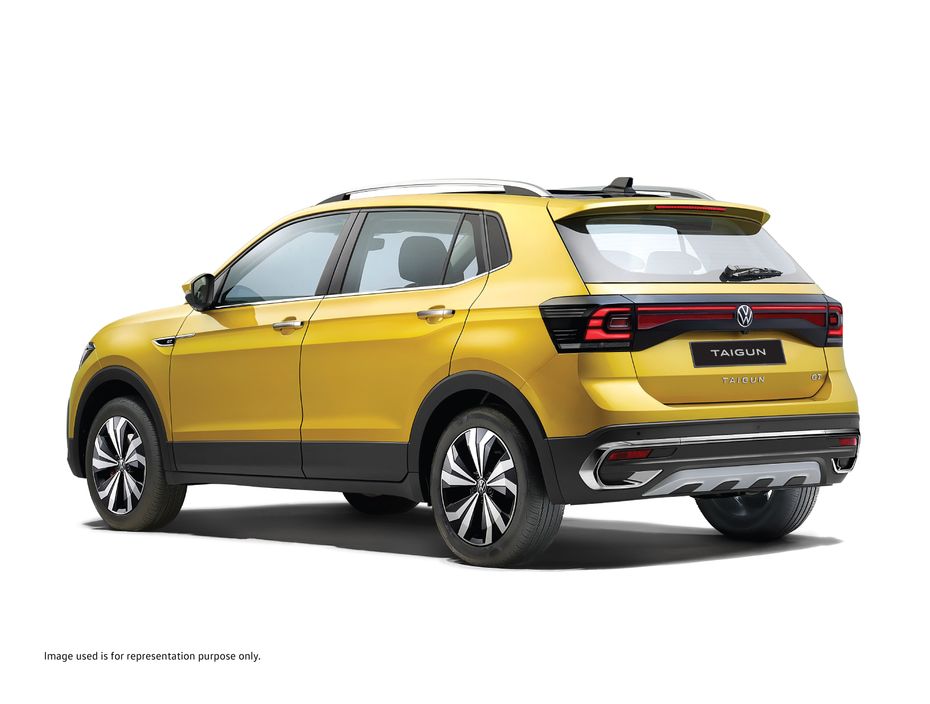
However, the Taigun isn’t going to wow you with its size, because even when compared to its car-like rivals the Taigun will feel lower and crossover-ish. While VW hasn’t shared the numbers with us, it is said to differ from its platform sibling, the Kushaq, by only a few millimetres. So be it in terms of width, height or length the Kia Seltos will be larger.
What’s it packing?
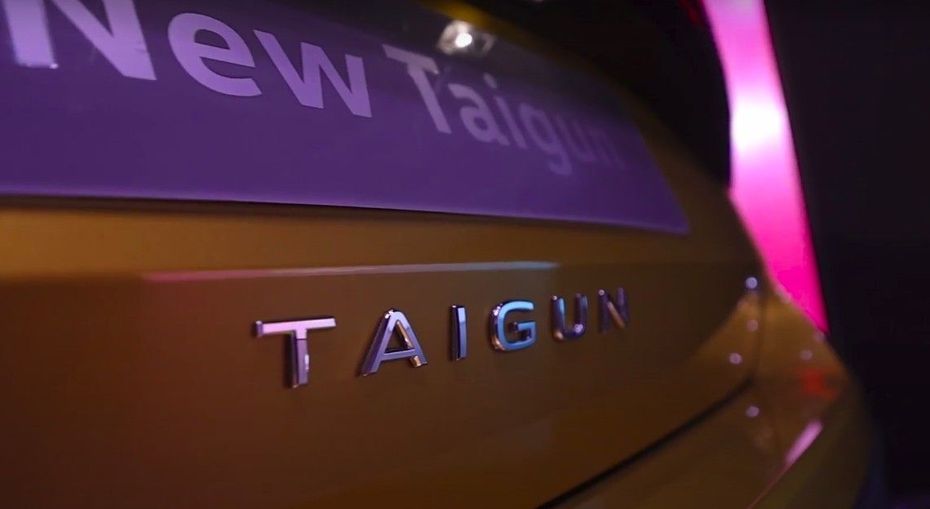
Fulfilling the GT promise is the 4-cylinder 1.5 litre turbo-petrol coupled with the 7-speed dual-clutch transmission. VW is contemplating a GT with the 6-speed manual too, however the 6MT with the 1.5 TSi will be available for the non-GT variants. The 150PS and 250Nm make this a potent drivetrain that can make the GT more exciting than its competition.
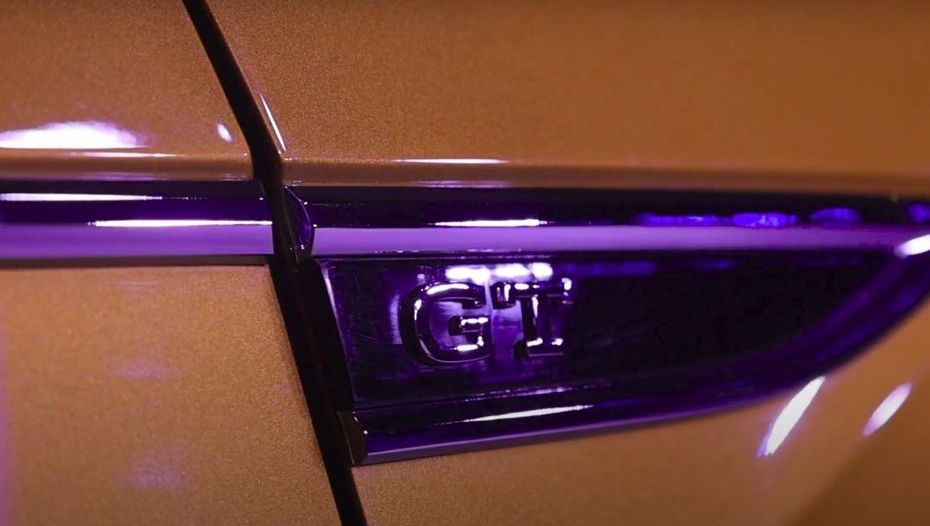
Given its lower stance and smaller footprint, it should be fun to drive too. However, the GT variants won’t have different suspension setups from the regular Taiguns, so the fun factor should be applicable to the entire range. Just like the Kushaq, the 1.5 TSI motor gets cylinder deactivation to reduce fuel consumption and will also be more sophisticated to drive thanks to the inherent smoothness of the four-cylinder configuration.

The more wallet-friendly yet heartier option is the 1-litre, 3-cylinder turbo-petrol. This too will be offered with the 6-speed manual transmission and a six-speed automatic. Nope, there is no diesel on offer as the lure of diesels will drop further when the next set of emission norms kick in and make them prohibitively expensive.
Feature story?
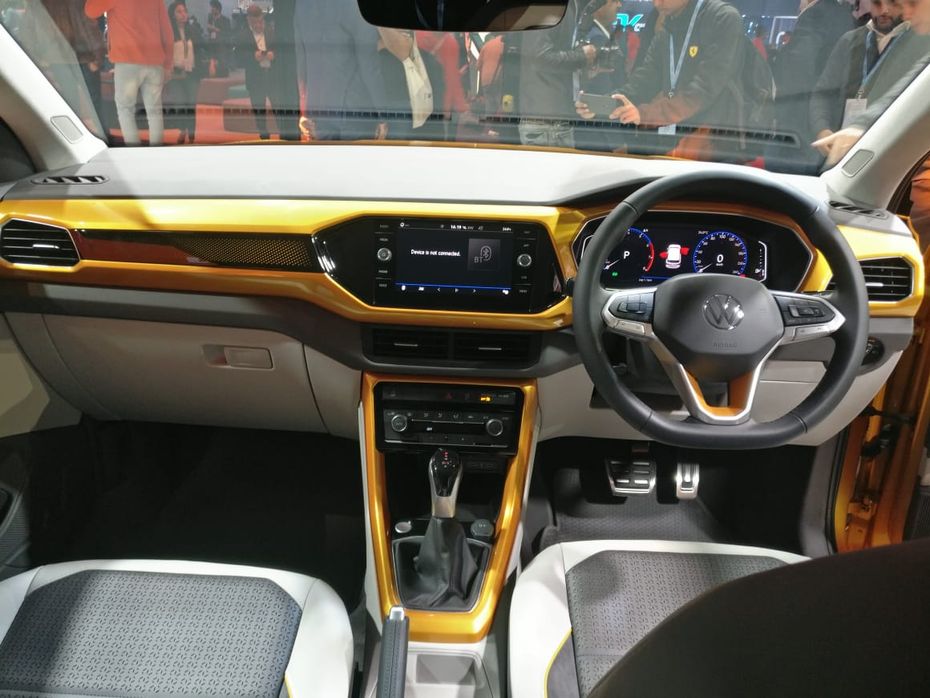
Note: Taigun concept pictured here.
GT lovers will be happy to note that the cabin gets some special touches like red contrast stitching for the seats and red ambient lighting. Yes, the Taigun gets a flat-bottomed steering wheel too-- and that too as a standard feature. The Taigun will also offer ventilated leather seats, 10” infotainment screen, connected car tech, four USB-C charging ports, a wireless phone charger, auto air conditioning and rear AC vents. To go one up on the Kushaq the Taigun is also offering a digital instrument cluster for the driver.
However, to go head to head with the competition the Taigun’s electric sunroof would need to be panoramic. It would need drive modes, a larger infotainment screen, an air purifier and rear sunblinds too.
Will it treat you well?
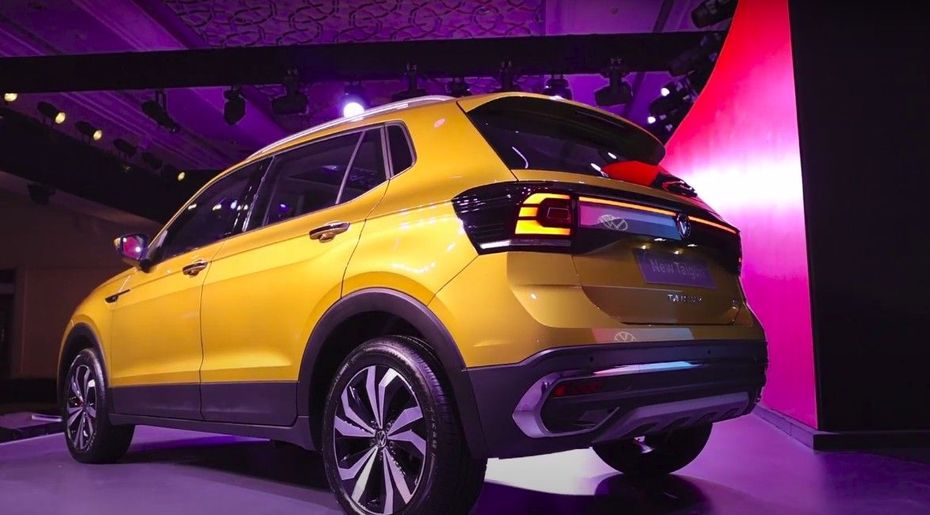
For sure, albeit with a couple of caveats.There’s a sense of sturdiness and durability to the cabin that is typically VW. However, the lack of soft-touch materials on the dashboard feels glaring on a car that will nudge Rs 20 lakh on-road! While you could make peace with the lack of soft plastics, the narrowness of the cabin keeps the Taigun from proving itself to be as accomplished a five-seater as its rivals. However, the occupants will be satisfied as the seats are well sculpted to keep you comfortable, and the long wheelbase (2651mm) gives enough knee room for six-footers to sit comfortably too.
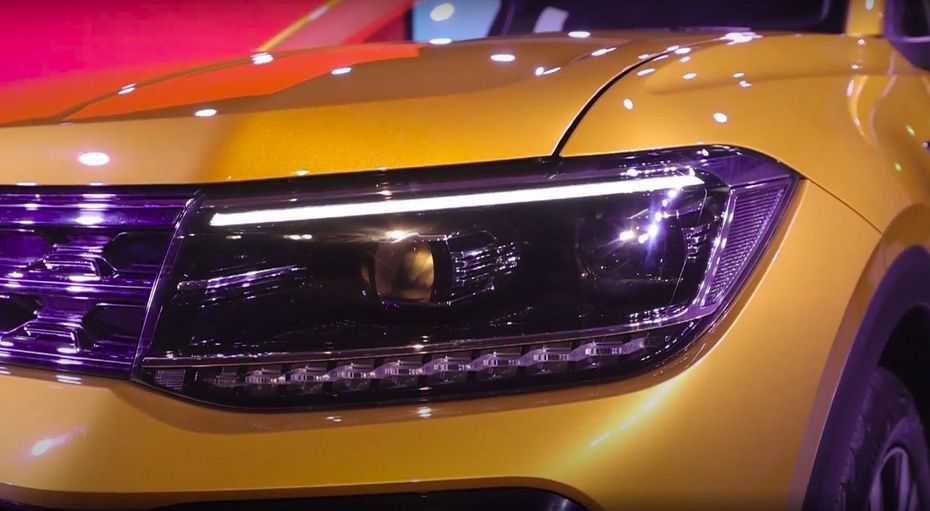
VW promises that the Taigun will live up to the crash test ratings expected from the German marque. For this, the Taigun will pack ESC and multi-collision braking and two airbags as standard. Six airbags, Hill Hold, Hill Start, tyre deflation warning and ISOFIX will be offered too.
Taigun Time?
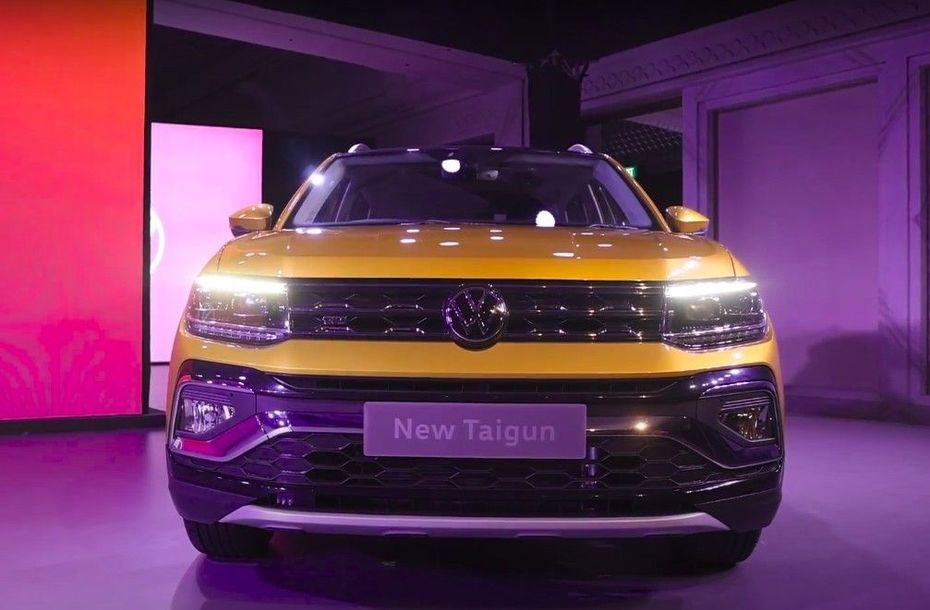
The Taigun seems to be intent on playing a sensible but premium card with vigour. This would explain the missing features and the low frills approach. Although the missing features and the narrow cabin will dampen the Taigun’s appeal to some extent, those looking for an SUV with the “German” feel, like the many Polo GT buyers, will finally have a worthy option to step up to. Volkswagen will launch the Taigun around the end of July 2021. With 95% localisation the Taigun should be competitively priced--but not cheap--with prices expected to be in the Rs 9 lakh-17.5 lakh range. Have you also started chanting “SUVW?”


Unofficial Bookings Commence For Volkswagen Taigun, Launch Expected...

Taigun And Virtus-based Volkswagen Pickup Truck Concept Created By...

Volkswagen Experiences: A Community-driven Adventure Kicks Off In...

Volkswagen Taigun and Virtus Get Safer With 6 Airbags As Standard

Check Out This Week's Major Indian Car News Headlines

Volkswagen Taigun GT Plus Sport Variant Detailed in 8 Images,...

Volkswagen Taigun GT Line And GT Plus Sport Launched At Rs 14.08 Lakh

Watch Out For These 3 Volkswagen Cars Set To Launch In 2024
 Skoda Kushaq
Skoda Kushaq
 Toyota Urban Cruiser Hyryder
Toyota Urban Cruiser Hyryder
 Kia Seltos
Kia Seltos
 Toyota Taisor
Toyota Taisor
 Volkswagen Virtus
Volkswagen Virtus
India's largest automotive community
 Here Are Some Adrenaline Pumping Experiences From Auto Expo 2025 That You Should Not Miss!
Here Are Some Adrenaline Pumping Experiences From Auto Expo 2025 That You Should Not Miss!
 All You Need To Know About The Surprise Element At Auto Expo 2025: BMW iX1 LWB
All You Need To Know About The Surprise Element At Auto Expo 2025: BMW iX1 LWB
 Hyundai Creta Electric Reaches Dealerships, Here’s A List Of Its Pros And Cons Before You Check It Out!
Hyundai Creta Electric Reaches Dealerships, Here’s A List Of Its Pros And Cons Before You Check It Out!
 MG Showcases A PHEV At Auto Expo 2025: The MG HS PHEV
MG Showcases A PHEV At Auto Expo 2025: The MG HS PHEV
 Volkswagen Virtus
Rs. 11.55 Lakh
Volkswagen Virtus
Rs. 11.55 Lakh
 Volkswagen Tiguan
Rs. 38.16 Lakh
Volkswagen Tiguan
Rs. 38.16 Lakh
 Hyundai Creta
Rs. 11.10 Lakh
Hyundai Creta
Rs. 11.10 Lakh
 Tata Punch
Rs. 5.99 Lakh
Tata Punch
Rs. 5.99 Lakh
 Mahindra Thar ROXX
Rs. 12.99 Lakh
Mahindra Thar ROXX
Rs. 12.99 Lakh
 Tata Nexon
Rs. 7.99 Lakh
Tata Nexon
Rs. 7.99 Lakh
 Mahindra XUV700
Rs. 13.99 Lakh
Mahindra XUV700
Rs. 13.99 Lakh